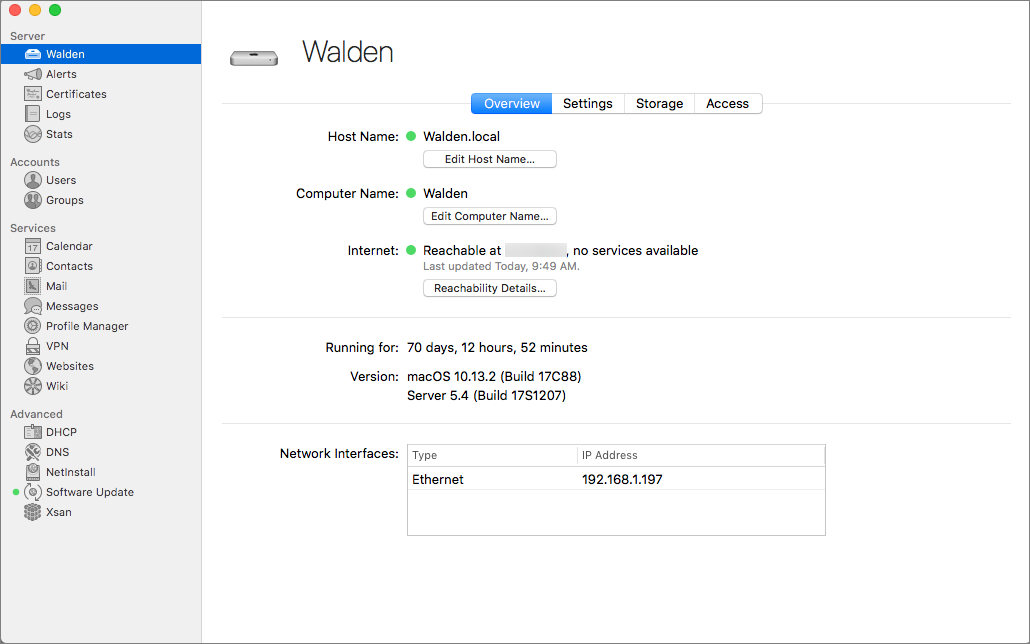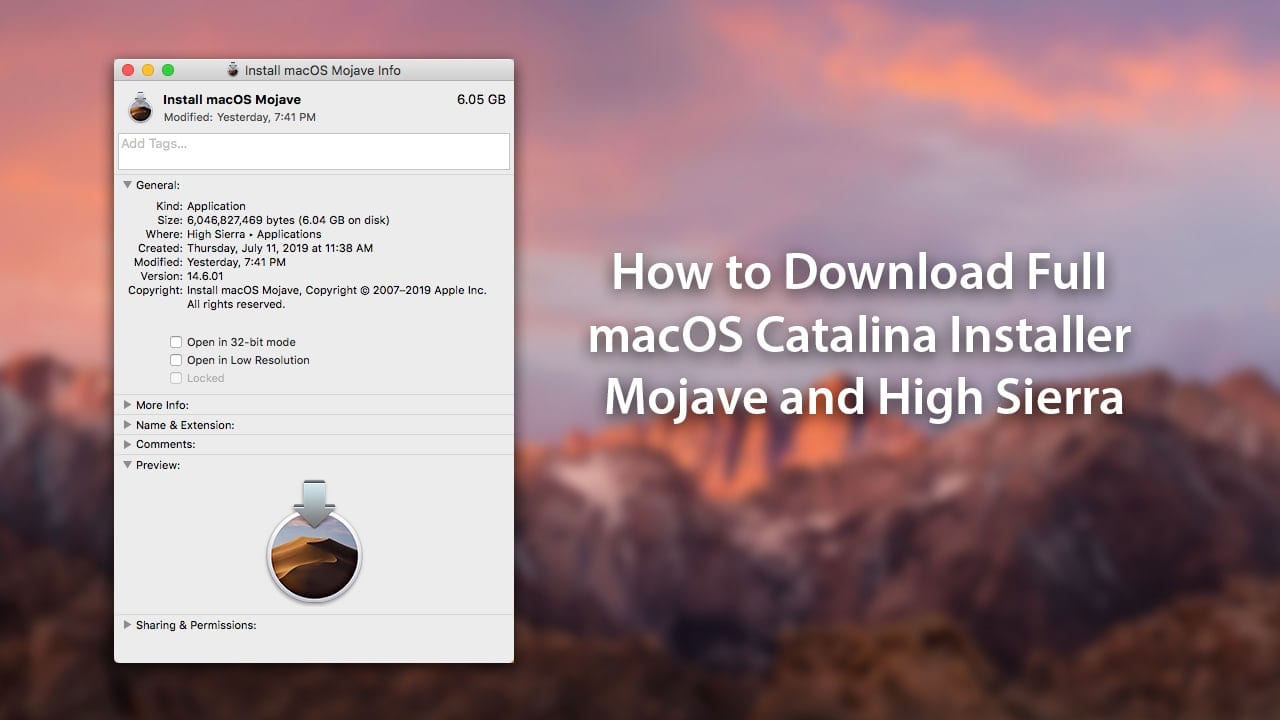

This environment is known today in the Mac world as Cocoa. It featured an object-oriented programming framework based on the Objective-C language. NeXTSTEP was based on the Mach kernel developed at CMU (Carnegie Mellon University) and BSD, an implementation of Unix dating back to the 1970s.

The hardware was phased out in 1993 however, the company's object-oriented operating system NeXTSTEP had a more lasting legacy. As the first workstation to include a digital signal processor (DSP) and a high-capacity optical disc drive, NeXT hardware was advanced for its time, but was expensive relative to the rapidly commoditizing workstation market and marred by design problems. MacOS retained the major version number 10 throughout its development history until the release of macOS 11 Big Sur in 2020 releases of macOS have also been named after big cats (versions 10.0–10.8) or locations in California (10.9–present).Ī new macOS, Monterey, was announced during WWDC on June 7, 2021.Ī diagram of the relationships between Unix systems including the ancestors of macOSĪfter Apple removed Steve Jobs from management in 1985, he left the company and attempted to create the "next big thing", with funding from Ross Perot and himself. The operating system was further renamed to "macOS" starting with macOS Sierra. Lion was sometimes referred to by Apple as "Mac OS X Lion" and sometimes referred to as "OS X Lion", without the "Mac" Mountain Lion was consistently referred to as just "OS X Mountain Lion", with the "Mac" being completely dropped.
APPLE SERVER MOJAVE MAC OS X
Starting with the Intel build of Mac OS X 10.5 Leopard, most releases have been certified as Unix systems conforming to the Single Unix Specification. Starting with Mac OS X 10.7 Lion, macOS Server is no longer offered as a separate operating system instead, server management tools are available for purchase as an add-on. Since then, several more distinct desktop and server editions of macOS have been released. MacOS was first released in 1999 as Mac OS X Server 1.0, with a widely released desktop version- Mac OS X 10.0-following in March 2001.

To ease the transition, versions through 10.4 were able to run Mac OS 9 and its applications in a compatibility layer. The transition was a technologically and strategically significant one. However, the current macOS is a Unix operating system built on technology that had been developed at NeXT from the 1980s until Apple purchased the company in early 1997.Īlthough it was originally marketed as simply "version 10" of the Mac OS (indicated by the Roman numeral "X"), it has a completely different codebase from Mac OS 9, as well as substantial changes to its user interface. That system, up to and including its final release Mac OS 9, was a direct descendant of the operating system Apple had used in its Macintosh computers since their introduction in 1984. But that's not an ideal solution, i'd rather run a direct, native server.īSDPy does not support diskless netbooting, so that option won't work.The history of macOS, Apple's current Mac operating system formerly named Mac OS X until 2012 and then OS X until 2016, began with the company's project to replace its "classic" Mac OS. I am currently playing around with running 10.11 in a virtual machine on my laptop. And I tend to work on older computers more than new, so I still need NetBoot for years to come. I know Apple may be working towards killing NetBooting entirely, but it's not dead yet. I did some googling but only found solutions that support NetInstall, and not diskless-NetBoot images. DHCP is easy enough to replace I'm sure, but NetBoot serving doesn't seem as straight forward. Or what is more often the case, on wifi-only networks, I just plug in directly mac to mac and use DHCP service also running on my laptop. I run this on my laptop, plug into someone's network, and BAM. I use NetInstall images too for installing the OS but I primarily use Diskless NetBoot images to diagnose and repair disk problems. I fix Macs for a living and have been using Netbooting for 10 years as my faster, better version of booting a customers Mac off a USB utility disk. This won't affect 99.5% of people but I'm in the minority. Apple has removed, among many other things, DHCP serving and NetBoot Serving from their 'server' app in conjunction with the new OS.


 0 kommentar(er)
0 kommentar(er)
